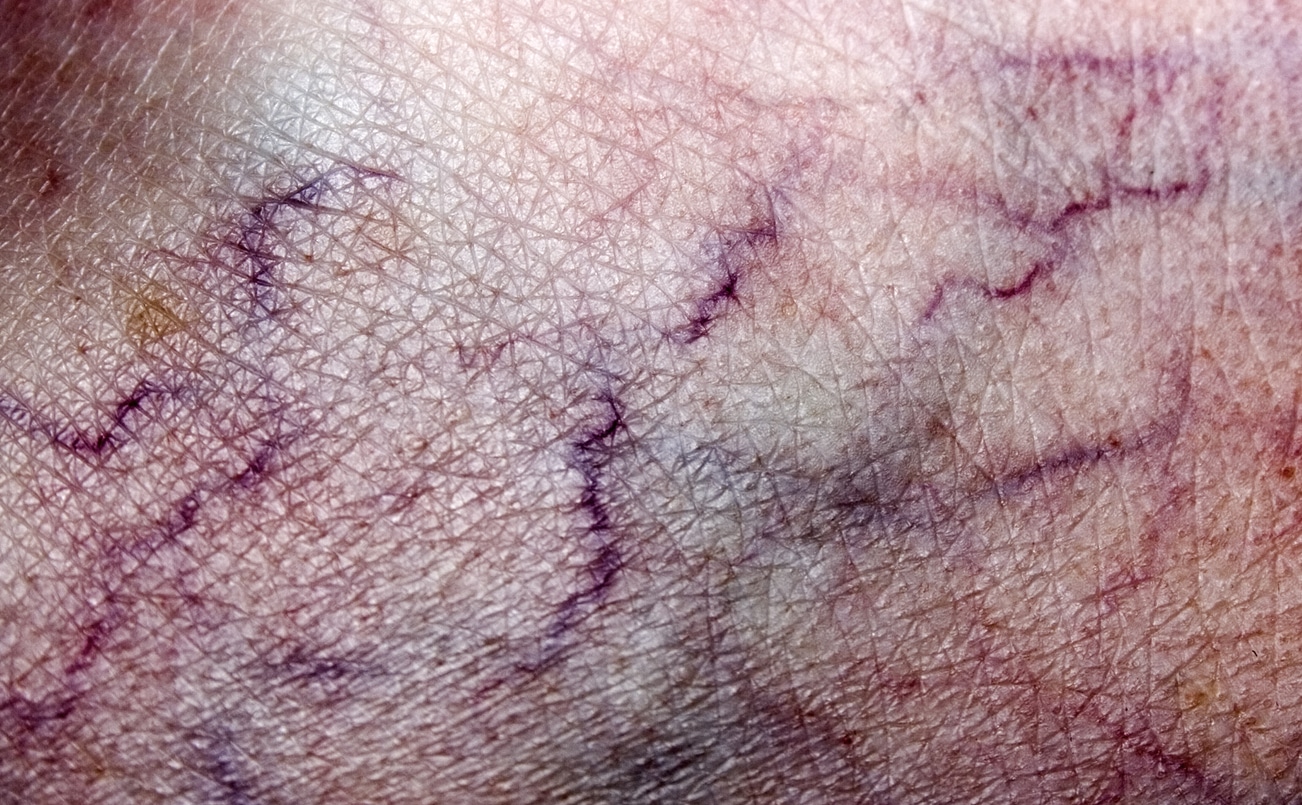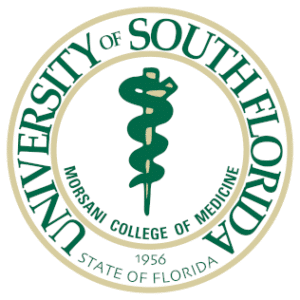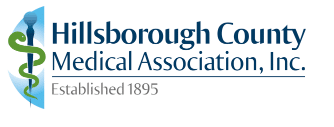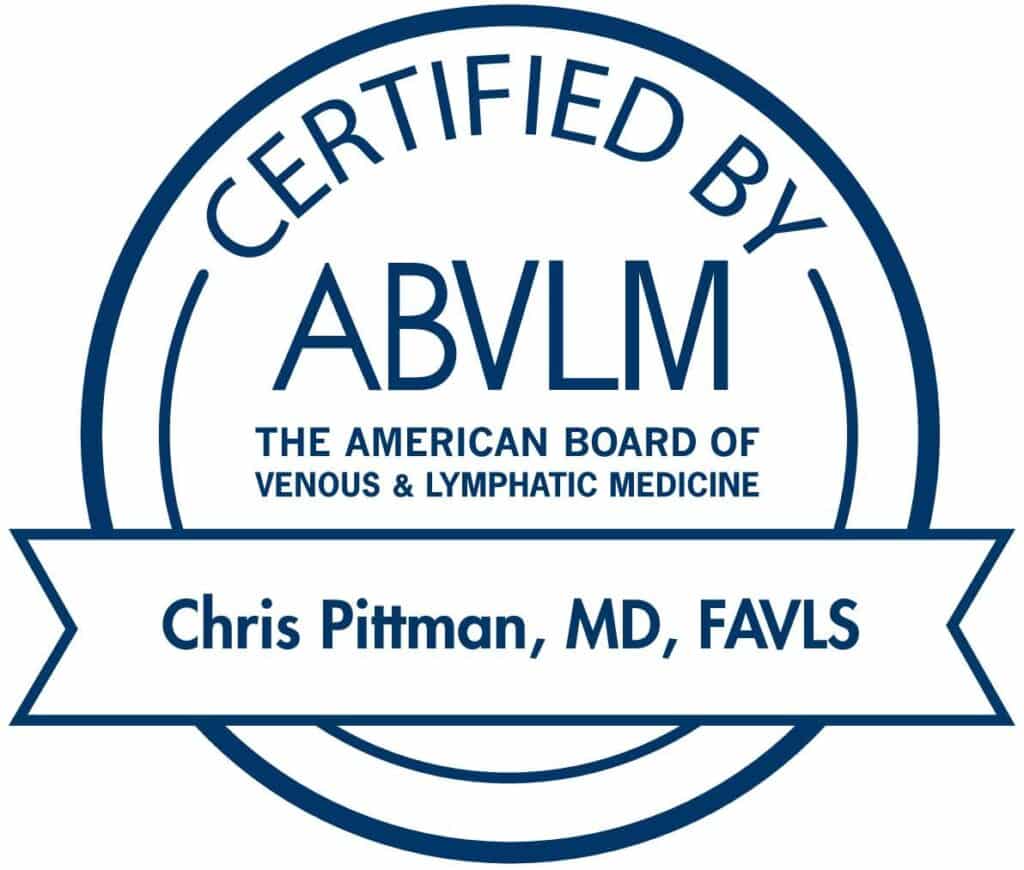If the term vein stripping surgery makes you nervous, you’re not alone. This nervousness arises out of the misconception that the procedure is sudden and drastic, as the name seems to suggest, or that it involves a hospital stay. The fact is, modern vein doctors use the most minimally-invasive methods possible to treat your varicose veins or other vein diseases. Vein stripping today involves only tiny incisions, and no hospital stay. Today’s outpatient counterparts to vein stripping include ambulatory phlebectomy and EVLT (endovenous laser therapy).
What Makes Vein Stripping Effective?
The goal is to eliminate the malfunctioning vein and restore normal circulation. Varicose (bulging or nearly-blocked) veins must be collapsed or removed because they interfere with healthy blood flow. With vein ligation (tying off) and stripping, your vein doctor helps get your circulation back to normal. Once the bad veins are removed, your body routes your blood through the remaining good veins. While no surgery is risk-free, today’s vein care procedures provide symptom improvement for the majority of patients. So, if you have vein problems, don’t avoid vein care due to the name of the surgery, or fear of outdated methods we no longer use!
What Occurs in Tampa Vein Surgery?
If your vein doctor feels that vein stripping is the proper treatment in your case, you’ll be awake but sedated for the outpatient procedure, and won’t feel anything due to regional anesthesia. To begin your vein treatment, your surgeon will make at least two very small incisions, one may be in the groin and another in your thigh and/or calf area. Through the tiny incisions, your vein surgeon inserts a thin, hooked instrument and removes the damaged part of the vein by gently tugging it out. Your incisions are closed with a few stitches and bandaged. You’ll likely need only a couple of days off, and will be able to walk later the same day, at home. You should avoid serious exercise until your doctor gives the ok. Many patient resume normal activities within one week of surgery, however this depends upon the number and size of the veins involved.
Modern Vein Treatment Options
Our vein doctor may recommend one (or a custom combination) of these vein care treatments:
- Endovenous laser therapy (EVLT) collapses diseased veins using a tiny thermal laser fiber–and the body gradually disposes of (absorbs) the dead vein.
- Sclerotherapy (injection with an FDA-approved vein-irritating chemical) is typically used to collapse and destroy varicose veins (and/or tiny spider veins and their feeder veins). Depending upon the location of the vein, ultrasound-guided sclerotherapy may be done for pinpoint accuracy.
- Ambulatory phlebectomy or Microphlebectomy is done with a thin phlebectomy hook is used to pull out the incompetent vein, or damaged sections, through tiny incisions.
Symptoms That Could Mean You Need Vein Treatment
If you notice any of these signs of problem veins or circulatory issues, you may need vein care. Your vein specialist may recommend a modern form of vein stripping if you’re noticing:
- Tenderness, painful throbbing or burning in your lower legs
- Nighttime leg cramps
- Swollen legs
- Bulging or discolored varicose veins
- Bleeding in the area
- Pins-and-needles or loss of sensation
- “Restless” legs
- Skin color changes and thickening on the leg
- Slow healing skin ulcers
Where to Get Expert Vein Treatment in Tampa, FL
If you have been diagnosed with vein disease, or have symptoms like leg pain, don’t ignore these signs of poor circulation. Visit one of our Vein911® Vein Treatment Centers here in the Tampa, St. Petersburg and Clearwater FL area for the latest vein treatment options to improve your vein health. Contact Vein911® Vein Treatment Centers today.











